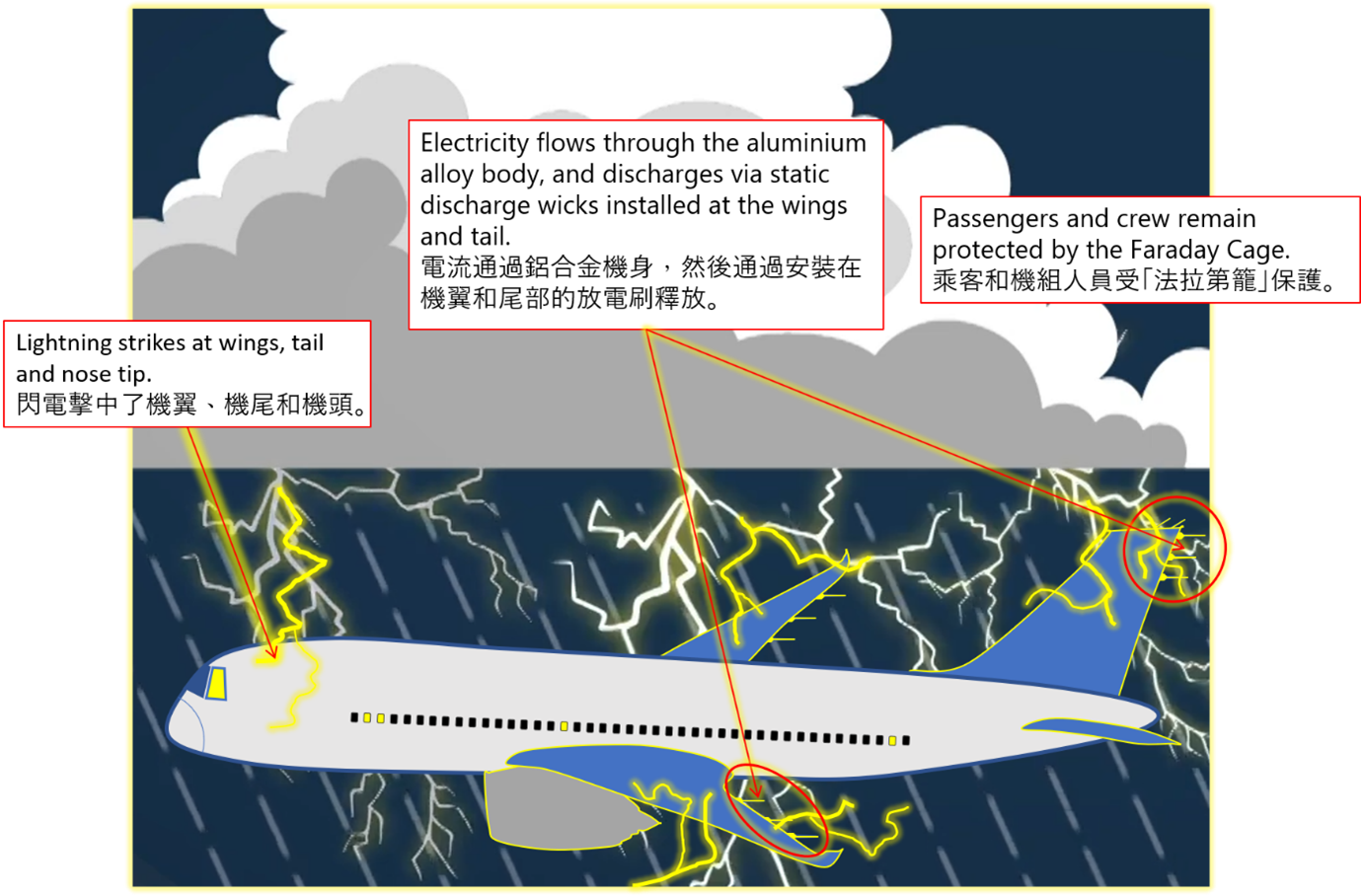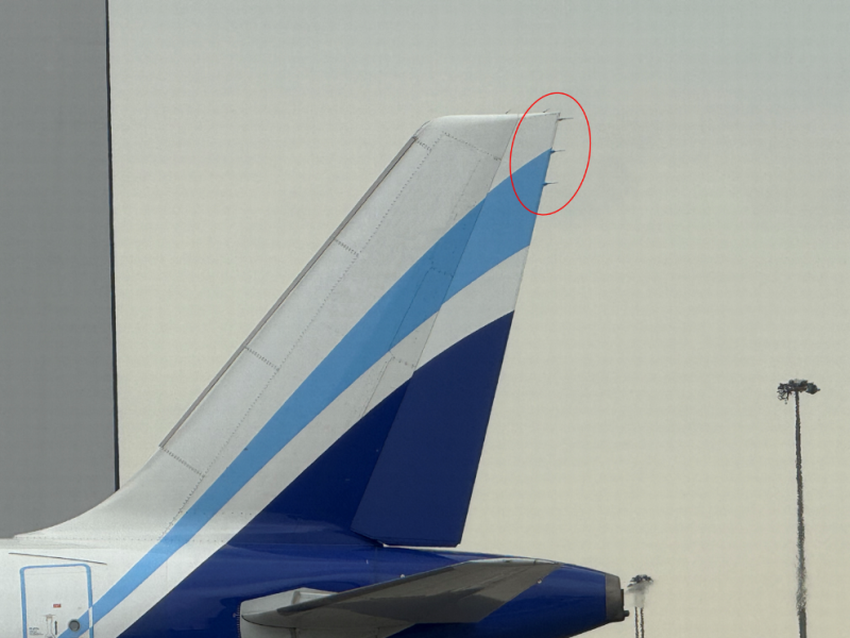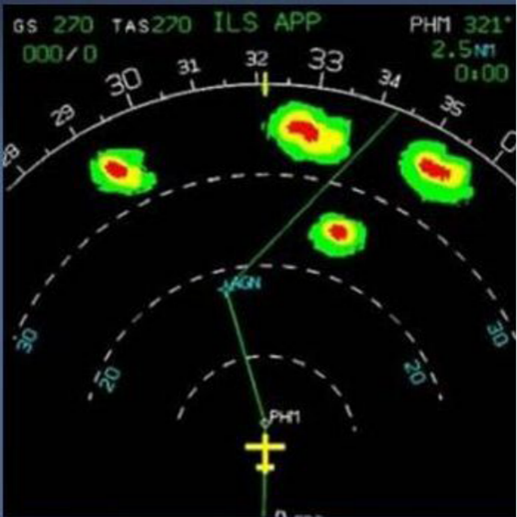The Aerial Battle: Aircraft vs. Thunder God
The Aerial Battle: Aircraft vs. Thunder God
Chan Yuet-ching
January 2025
The 'Metal Bird' soars high with its wings spread, yet it encounters the 'Thunder God.' Who will prevail? This is not a mythological story, but the astonishing power of lightning and thunder that an aircraft may face on certain days.
In an unstable and moist atmosphere, water droplets and ice pellets in the clouds become electrically charged in convective motion. When the accumulated charges create a voltage greater than a critical value, atmospheric electrical discharge occurs, leading to lightning. The voltage of a single lightning stroke can reach 100 million to 1 billion Volts, with currents of tens of thousands of Amperes flowing within a hundredth of a second [1]. As the current passes through, the surrounding air temperature instantly rises higher than the temperature of the sun's surface, causing rapid air expansion and formation of a shockwave that creates the deafening thunders [2].
According to statistics, commercial airliners are struck by lightning an average of one to two times every year. Given the immense power of a lightning strike, how can airplanes remain unscathed? This is due to the principle of the "Faraday Cage" [3]. A British physicist Michael Faraday discovered in 1836 that excess charges on a charged conductor exists only on its surface and does not affect objects enclosed within it. Therefore, the aluminium alloy shell of the airplane acts as a protective barrier for its interior. To further safeguard the aircraft operation, there are extra "little helpers" on board that play a supportive role.

Figure 1 The aluminium alloy shell of an aircraft forms a "Faraday Cage," protecting the crew and passengers inside the cabin.
The little helpers – static discharge wicks
The wingtips and tail ends of aircraft are typically equipped with small metal spikes known as "static discharge wicks". According to Gauss's Law of Electrostatics, the charge density at the tips of conductors is higher than that on smoother surfaces, causing excess charge on the aircraft's body to accumulate at the static dischargers. This strong electric field makes it easier for the air near the tips to become ionised, leading to a phenomenon known as “corona discharge”. This process helps the aircraft more effectively release static electricity back into the atmosphere. Additionally, the electronic equipment on the aircraft, including instruments and communication systems, is designed with higher lightning protection standards to reduce the risk of damage in extreme conditions.

Figure 2 The 'static discharge wicks' installed at the tail of the aircraft.
Accompanying thunderstorms are various severe weather conditions, such as hail, turbulence, and microbursts. Therefore, when conditions permit, crew members choose to avoid thunderstorm areas. In addition to weather forecasts, monitoring weather through onboard radar is also key to successfully avoiding thunderstorms. Most commercial aircraft are now equipped with onboard weather radar systems. These radars emit electromagnetic waves, which are reflected back when they encounter ice particles and water droplets in cumulonimbus clouds. This allows the crew to understand the intensity and location of thunderstorm cells, enabling safe flight.
In summary, even when encountering the uncontrollable wrath of Thunder God during a flight, passengers need not panic or worry. The aircraft's unique design and safety equipment effectively reduce the risks posed by thunderstorms. Nevertheless, passengers should remain vigilant during the flight, fasten their seat belts, and be prepared for a possibly bumpier journey.

Figure 3 The onboard weather radar system screen displays the location of storm cells.
(Source:https://www.weather.gov/media/publications/front/14dec-front.pdf )
(Source:https://www.weather.gov/media/publications/front/14dec-front.pdf )
References :
[1] Frequently Asked Questions About Lightning
[2] https://www.cma.gov.cn/kppd/kppdsytj/201606/t20160620_314488.html [Chinese only].
[3] Thunderbolt Hood
[1] Frequently Asked Questions About Lightning
[2] https://www.cma.gov.cn/kppd/kppdsytj/201606/t20160620_314488.html [Chinese only].
[3] Thunderbolt Hood